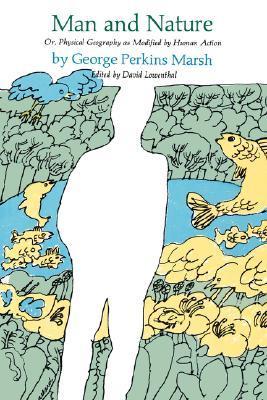What do you think?
Rate this book


George Perkins Marsh's "Man and Nature" was the first book to attack the American myth of the superabundance and the inexhaustibility of the earth. It was, as Lewis Mumford said, "the fountainhead of the conservation movement," and few books since have had such an influence on the way men view and use land. "It is worth reading after a hundred years," Mr. Lowenthal points out, "not only because it taught important lessons in its day, but also because it still teaches them so well...Historical insight and contemporary passion make "Man and Nature" an enduring classic."
504 pages, Paperback
Published January 1, 1965